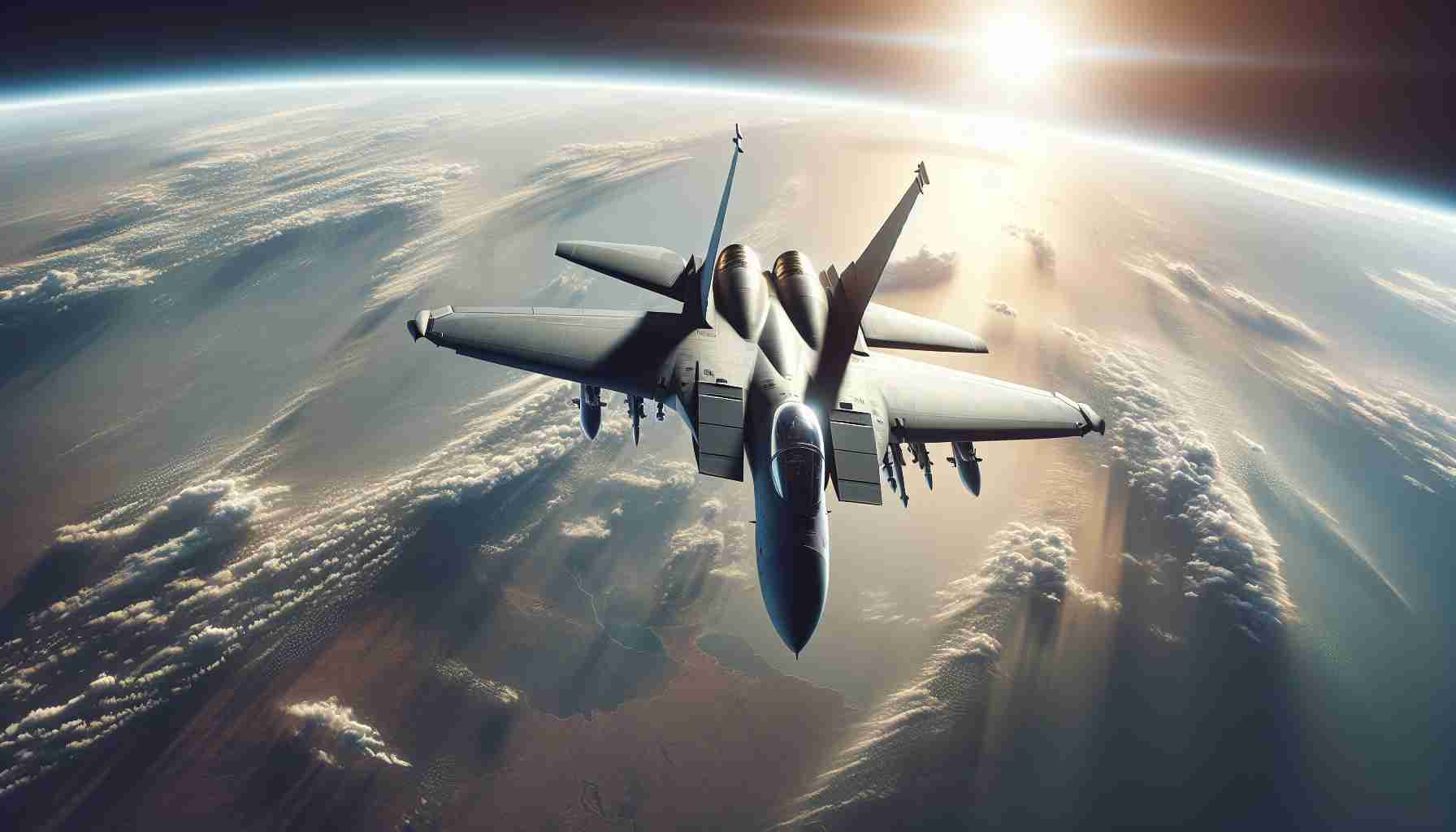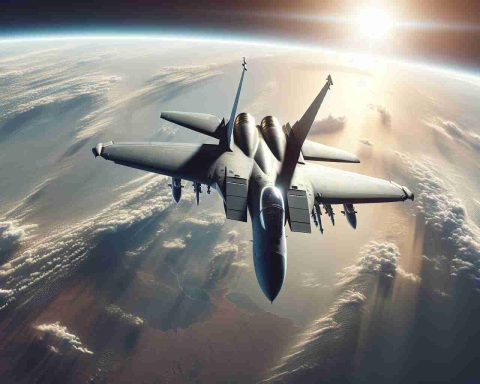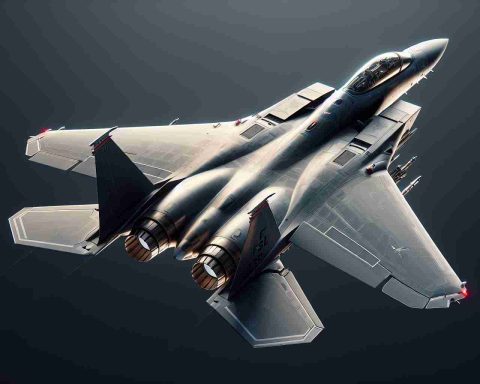The F-15EX Eagle II, Boeing’s enhancement of the fourth-generation fighter jet, has now launched into service. Despite its hefty price tag, it continues to capture international interest, drawing potential buyers from countries like Israel, Indonesia, and Poland.
Rising Costs Amidst Challenges
While intended as a cost-efficient complement to the U.S. Air Force’s tactical fleet, the F-15EX’s price approaches that of the advanced F-35 Lightning II. Factors such as inflation and supply chain disruptions have inflated the flyaway cost to almost $94 million each. Despite the financial concerns, the jet’s ability to carry a large weapons payload, its long range, and its reliable performance make it an attractive option for nations looking to expand their air capabilities.
Global Demand and Strategic Appeal
In June, the U.S. Air Force formally introduced the F-15EX into its operations, promptly followed by Israel, which plans to invest heavily in these aircraft under a deal amounting to $18 billion for 25 planes. Indonesia and Poland are also interested in adding this powerful aircraft to their arsenals. Speculation has even arisen about potential acquisitions by Taiwan to counter regional threats.
Overcoming Financial Hurdles
Despite Boeing’s intent to offer an economical alternative within the military aviation landscape, actual costs have soared. Initially pegged at an anticipated $80 million, these price tags now rival the F-35. The rise in costs can be traced to reduced purchase quantities and overall economic factors. However, Boeing aims to mitigate these expenses through future international sales to improve cost-efficiency for both the domestic and foreign air forces.
The Unseen Implications of the F-15EX Eagle II on Modern Warfare
The emergence of Boeing’s F-15EX Eagle II fighter jet has sparked considerable discussion in the world of military aviation. While the aircraft’s advanced features and strategic importance have garnered attention, it is the implications of this development on technology, global dynamics, and future innovations that warrant deeper examination.
Technological Leap for Fourth-Generation Fighters
The F-15EX represents a significant leap forward for fourth-generation fighter jets. Equipped with state-of-the-art radar systems and electronic warfare capabilities, it breaks new ground in terms of operational versatility and combat readiness. Unlike its predecessors, the F-15EX can carry hypersonic weapons, positioning itself as a pivotal player in future conflicts where speed and agility are paramount.
Integrating Modern Technologies
The fighter’s design allows for seamless integration with advanced networking systems, positioning it as a vital node in the broader defence ecosystem. This interoperability boosts a nation’s combat efficiency by facilitating real-time data sharing and strategic coordination across platforms, thus forming a formidable deterrent against adversaries. The question arises: Is investment in such technologies shifting focus from manned aircraft to unmanned systems? The enduring appeal of the F-15EX suggests a balanced approach may be beneficial.
Enhancements Beyond Combat
Beyond its formidable combat capabilities, the F-15EX promises advancements in technology that extend into civil applications. Innovations in radar and communication systems, initially developed for military use, often trickle down into commercial aviation and even consumer electronics, driving broader technological progress.
Global Military Dynamics
The international interest from countries like Israel, Indonesia, and Poland highlights how the F-15EX influences global military dynamics. It serves as a cornerstone for aligning with U.S. military technology standards, enhancing bilateral relations, and ensuring compatibility in joint operations. This prompts the question: How does such alignment impact national defence autonomy? Countries must weigh reliance on foreign technology against the benefits of enhanced security.
Controversies and Economic Ramifications
Despite its advantages, the F-15EX’s high cost presents a significant hurdle. The rising expense—now comparable to the F-35—raises concerns about fiscal sustainability for purchasing nations. Unlike the F-35, which incorporates stealth capabilities, critics argue that the F-15EX may not deliver equivalent value per pound. The jet’s benefits must be carefully balanced against national budgets, prompting debates over defence spending priorities.
Advantages vs. Disadvantages
Advantages:
1. Payload Capacity: The F-15EX can carry a larger arsenal compared to many modern jets.
2. Range and Durability: Proven endurance gives it operational flexibility.
3. Technological Integration: Advanced systems promise future-forward operational capabilities.
Disadvantages:
1. Cost Concerns: Expenses are rapidly approaching that of more advanced jets.
2. Strategic Trade-offs: Potential limitations in stealth compared to same-tier alternatives.
3. Economic Strain: Smaller nations may find it financially demanding.
In summary, the F-15EX offers a blend of tradition and innovation, stirring both excitement and debate about its place in the ever-evolving landscape of global defence. As nations deliberate over their defence strategies, the intricacies surrounding the acquisition of such technology will continue to shape military and technological trajectories well into the future.
For more insights on military advancements and technological developments, consider visiting the official Boeing website or explore comprehensive defence analysis at Defense.gov.











